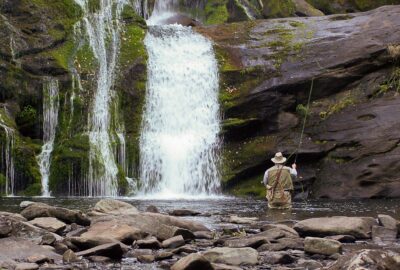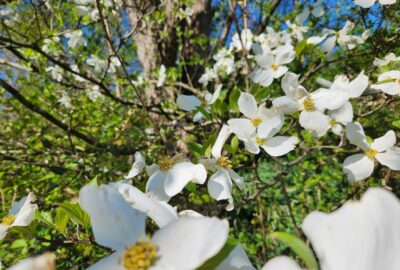9 Lakes, Cultural Influences, history, Lakes, National Parks, Outdoors, Trails
Did You Know? Fun Facts from the 9 Lakes
We love getting out and talking to people about the history of the 9 Lakes. The region was shaped by its mountains and rivers, and by the people who settled this slice of Appalachia. Daniel Boone explored this part of Tennessee to scout land for settlements. As early as the 1840’s, speculators were buying large tracts of land to develop colonies for German, Swiss, and English pioneers. Logging, mining, railroads, and war brought more people and cultures to the region. Today, the 9 Lakes embraces it roots and the diversity of the people who call it home, but did you know:
It is spring and dandelion yellow is popping up on lawns everywhere. Despised by modern homeowners, these harbingers of spring were revered by early settlers. Dandelions are not a native species to Appalachia, but were brought here by Europeans as early as the 1600’s for the medicinal and food properties of the plant. Early settlers relied heavily on known herbs to cure ailments, leaving that visible legacy of their folk life with the spring emergence of the lowly dandelion.
The original landscape of the region was made up by rivers and not lakes. Many of the early pioneers received land grants for their service in the American Revolutionary War and came to homestead this new frontier. The many rivers provided early transportation routes for commerce and trade. Later many of these same towns became railroad communities. Cities such as Newport and Lenoir City grew rapidly as their favorable locations drew businesses to their communities as commerce hubs.
John Muir walked these lands on his Thousand Miles Walk to the Sea. As he approached the Clinch River and Emory Rivers in Kingston, Muir wrote September 12, 1867 that it was “the most heavenly place.” Considered the father of National Parks, his trek took him through ridges and forests that have been now been preserved for future generations to explore. Recreating part of that walk and the sense of serenity that Muir sought can be found in the Cherokee National Forest in Tellico Plains.
The 9 Lakes of East Tennessee are all impoundments created by the TVA, one of the alphabet soup New Deal programs signed into law to bring prosperity back to a nation suffering during the Great Depression.
- Norris Dam was the first dam built by TVA as part of FDR’s New Deal. Big Ridge State Park was built by TVA in partnership with the National Park Service as one of the five demonstration public recreation parks. The Park’s land sits on the site of one of the earliest European settlements in the 9 Lakes region, likely predating James White Fort in Knoxville.
- Douglas Dam was built in record time by TVA to serve the war effort during WWII. Power was needed to generate aluminum for aircraft. The dam construction began in February 1942, spurred by the December 7, 1941 attack on Pearl Harbor, and the construction was completed in March 1943.
So many stories to discover in these hills and hollers of the 9 Lakes region of East Tennessee.
Comments are closed










